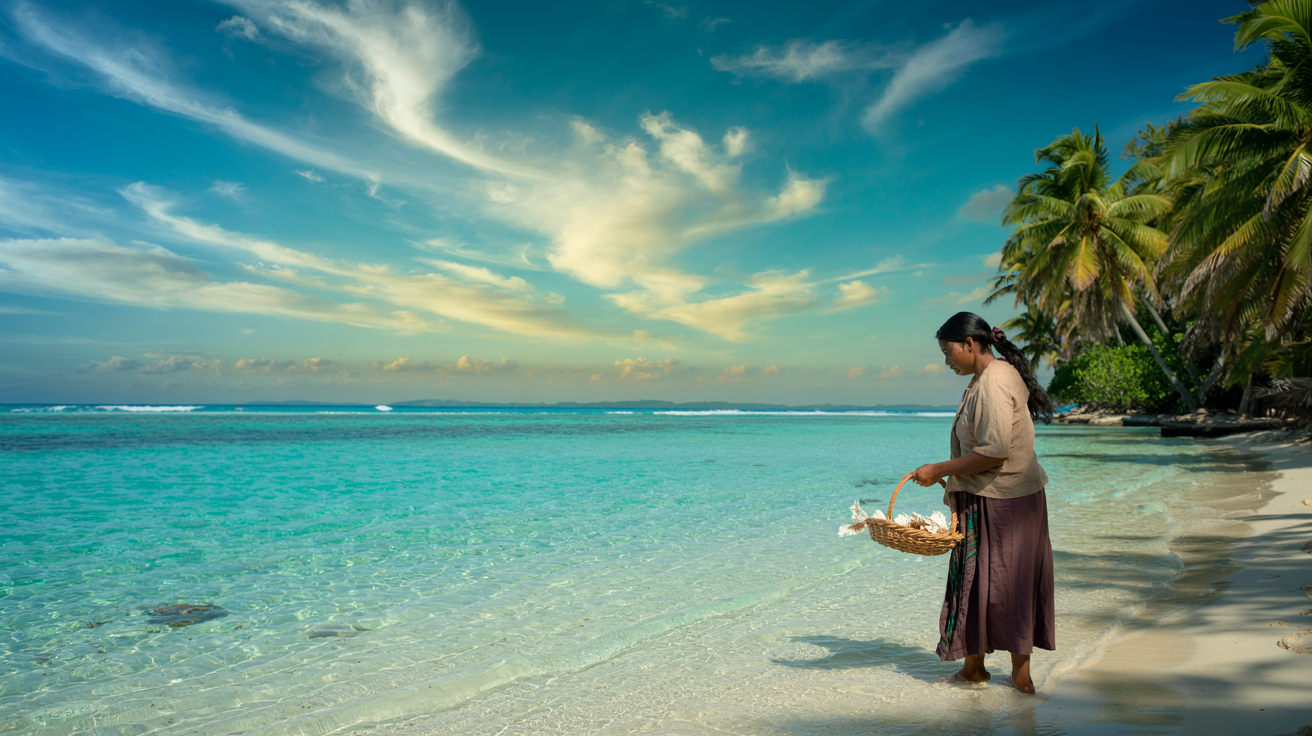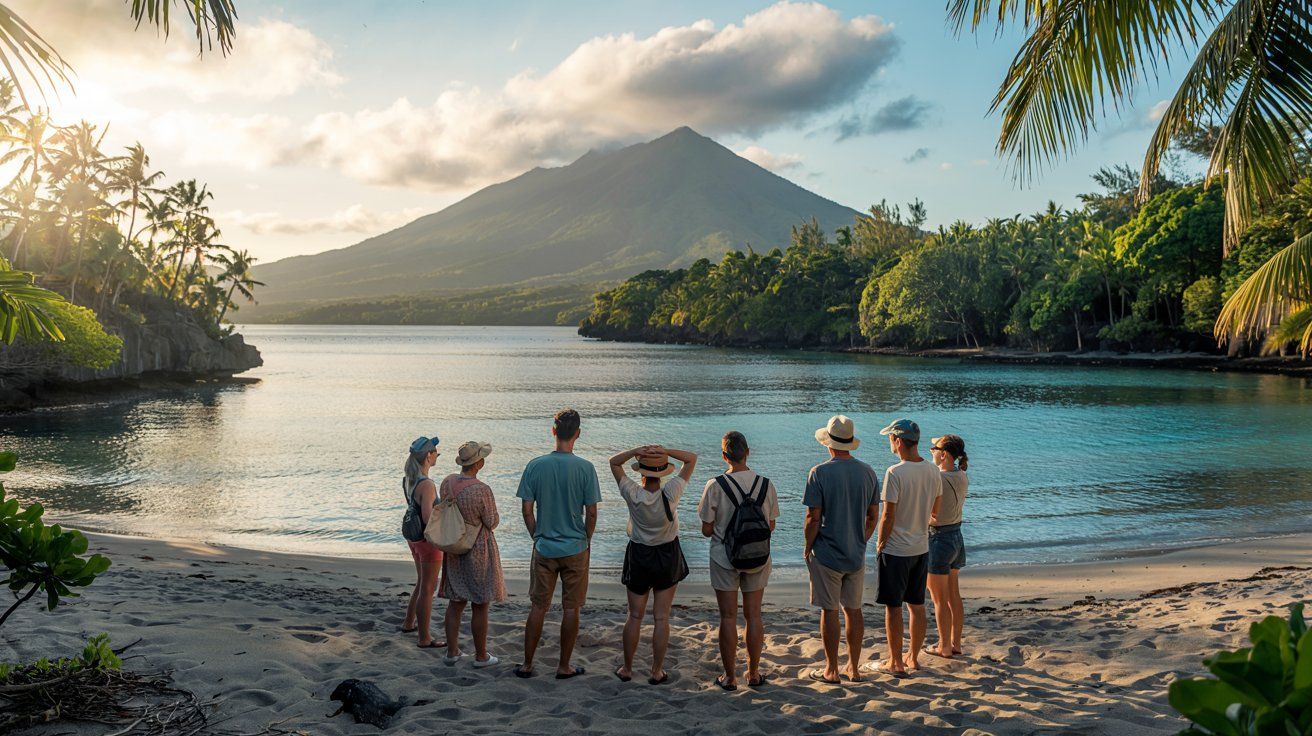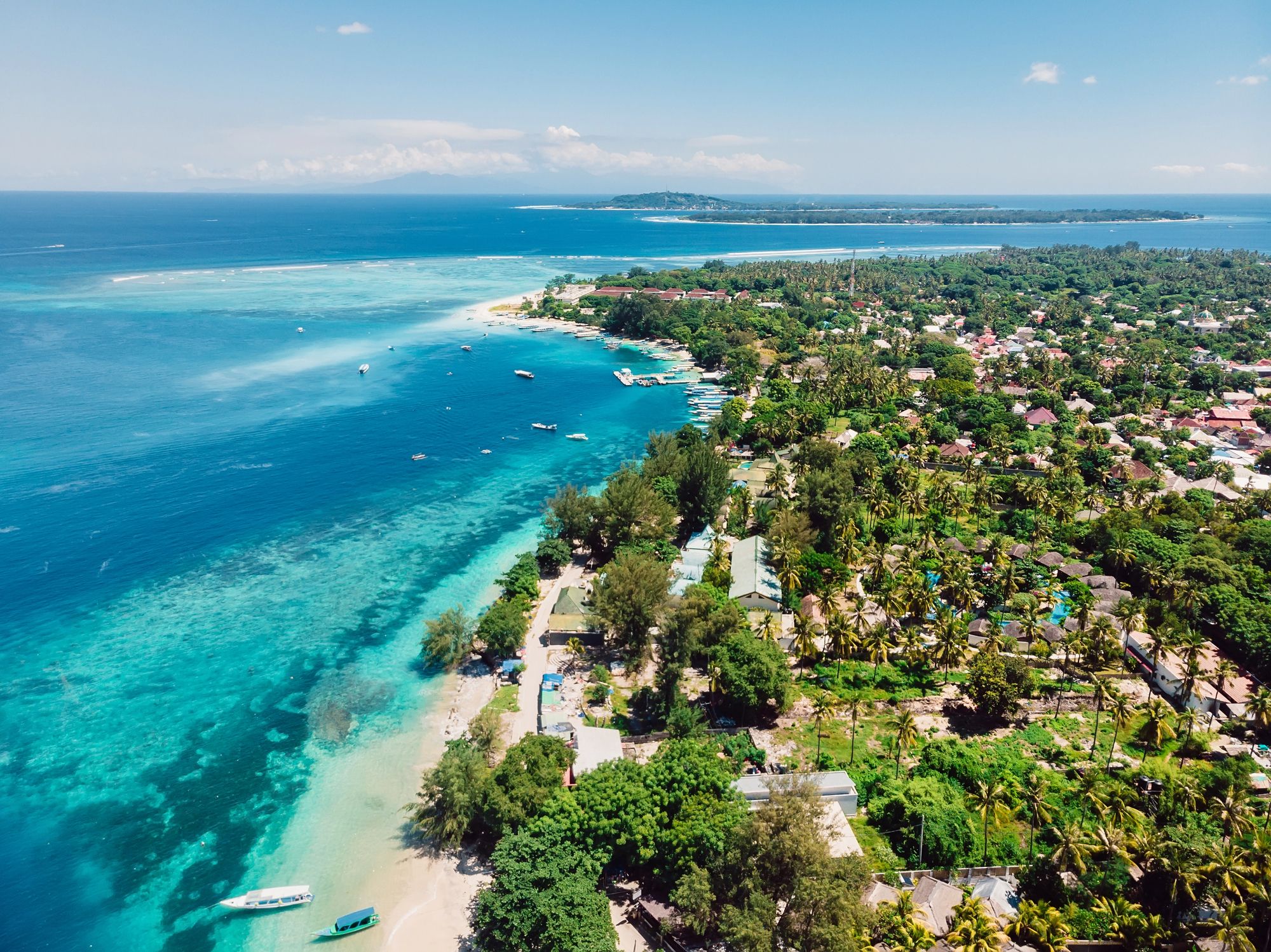In February 2025, geohazard experts from 17 Pacific Island countries and territories gathered in Apia, Samoa, for a groundbreaking UNESCO meeting focused on establishing a regional body to improve disaster risk management.
This initiative, driven by the region’s vulnerability to earthquakes, tsunamis, volcanic eruptions, and landslides, reflects a collective commitment to building resilience and safeguarding communities.
Vanuatu, a nation profoundly affected by natural hazards, has stepped forward as a leader in advocacy efforts, underscoring the importance of collaboration in addressing climate and geological risks.
The Emerging Regional Geohazards Body
A key outcome of the Apia meeting was the agreement to establish a regional body dedicated to coordinating geohazard networks across Pacific Island countries and territories.
The goal is to enhance understanding of geological dangers and integrate this knowledge into policy design, disaster preparedness, and response planning.
By fostering collaboration, the body aims to bring collective expertise and resources together to tackle challenges posed by the Pacific Ring of Fire and climate change exacerbations.
Why Coordinated Efforts Matter
With Pacific Island nations regularly experiencing natural disasters like earthquakes and volcanic eruptions, coordinated efforts are critical.
A unified approach ensures real-time sharing of data, improved early warning systems, and efficient deployment of resources during emergencies.
The Apia workshop emphasized the importance of solidarity, as demonstrated when teams from Fiji and French Polynesia repaired earthquake-monitoring software at Samoa’s observatory.
In particular, Vanuatu has positioned itself as a driving force for advocacy within the region. Its Climate Change Minister, Ralph Regenvanu, actively expressed support for this initiative, emphasizing the need for practical solutions to mitigate risks.
Vanuatu intends to work closely with the Council of Regional Organizations of the Pacific (CROP) to ensure that geohazard resilience becomes a regional priority.
Vanuatu: A Nation Battling Geohazards
Vanuatu’s leadership role comes with firsthand experience of the devastating effects of geological events.
In December 2024, the nation was struck by a 7.3 magnitude earthquake that wreaked havoc on Port Vila and impacted 80,000 people—a quarter of its population.
This disaster highlighted the urgent need for multilateral efforts in geohazard management and underscored the importance of integrated response systems.
The Role of International and Regional Programs
In alignment with global frameworks like the UN’s Early Warning for All initiative and SPREP’s Weather Ready Pacific Programme, the regional geohazards body aims to leverage international support.
During the Apia workshop, organizations like the US Geological Survey and the United Nations Office for Disaster Risk Reduction contributed resources and expertise.
Dr. Shamila Nair-Bedouelle, head of UNESCO’s Regional Office for the Pacific States, emphasized the need for momentum in building a multihazard early warning system that addresses overlapping risks.
These programs offer Pacific Islands access to critical technologies and practices that boost geohazard resilience.
They advocate for investments in monitoring systems, community education, and policy reform to adapt to evolving challenges.
Building Resilience in the Pacific
Strategic planning and regional collaboration were central themes of the Apia workshop.
Attendees agreed to develop a comprehensive geohazards strategy tailored to the Pacific’s unique context.
This strategy will integrate local knowledge alongside scientific research to create solutions that are both effective and culturally relevant.
Advocacy Beyond Disasters
While immediate disaster response is crucial, Pacific Island countries are stepping up to focus on prevention and sustainability.
Advocacy for resilience remains key, with Vanuatu leading the way in promoting regional policies that prioritize geohazard management.
Efforts like these empower nations to shift from reactive measures to proactive safeguarding, ensuring long-term safety for vulnerable populations.
Education campaigns, infrastructure upgrades, and greater investment in monitoring tools are just a few ways Pacific countries can enhance resilience.
Vanuatu: At the Heart of Pacific Collaboration
As the Pacific Islands embark on this collaborative journey toward geohazard resilience, Vanuatu plays an indispensable role. Its commitment to advocacy and reform shines as a beacon for neighboring nations.
Vanuatu’s recent experience with natural disasters serves not only as a solemn reminder of the region’s vulnerability but also as a call to action to develop stronger systems and strategies.
For visitors and residents alike, Vanuatu’s active role in geohazard resilience mirrors its remarkable sense of community and determination. Travelers to this stunning archipelago can appreciate more than its breathtaking beaches and vibrant culture; they can witness a nation industriously shaping its future in the face of challenges.
As Vanuatu steps into the lead in geohazard collaboration, the message is clear: a resilient Pacific starts with solidarity, innovation, and actionable strategies. And whether you’re an adventurer planning your next trip or a concerned global citizen, Vanuatu’s efforts in safeguarding its natural paradise inspire a shared commitment to sustainability across the Pacific.
Here is the source article for this story: Experts from Pacific islands convened by UNESCO vow to establish regional body and strategy for geohazards








